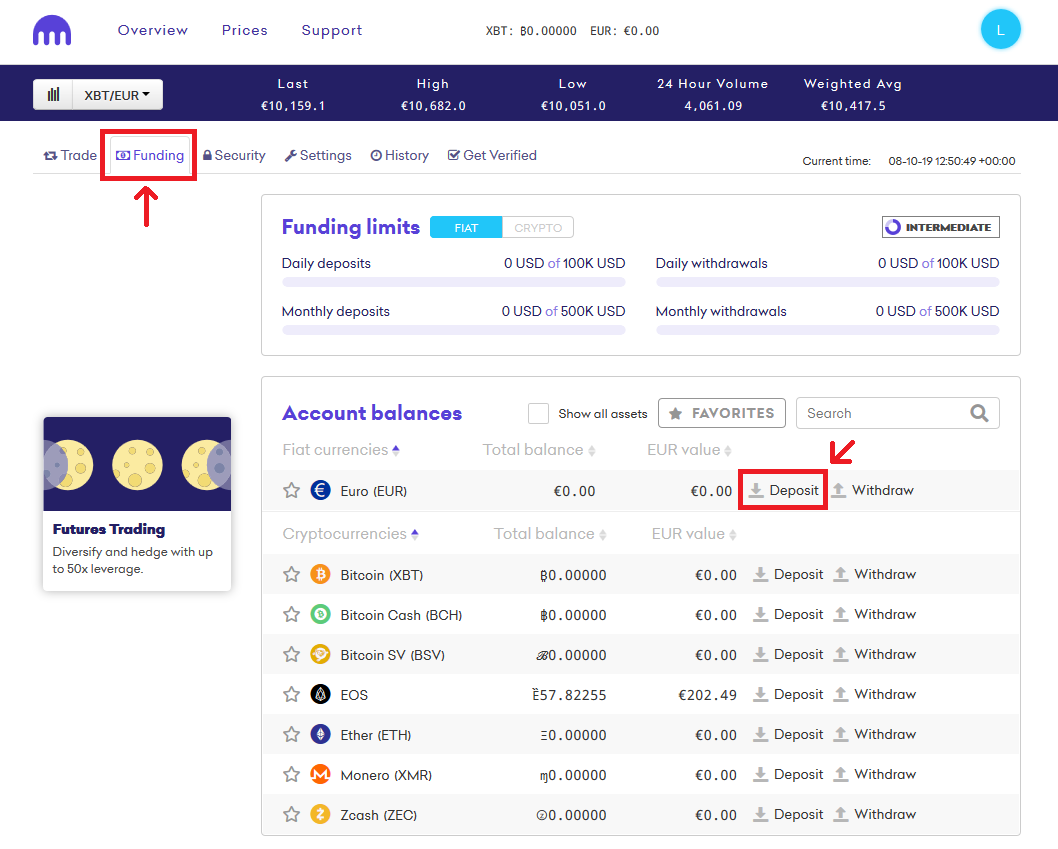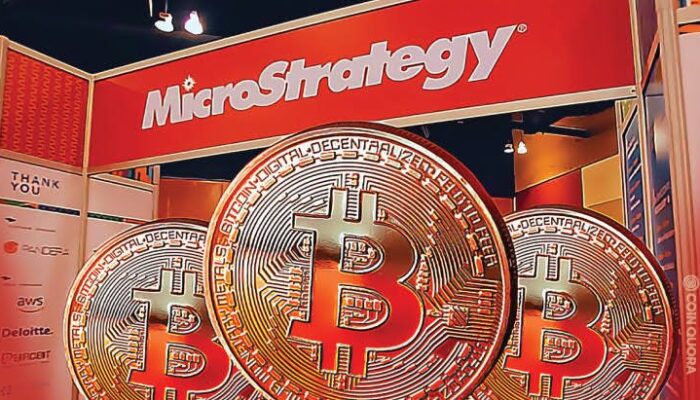The global adoption of cryptocurrencies has continued to be on the rise. Fortunately, this immense growth has birthed many Blockchain outfits, providing bespoke services to crypto users globally. However, with each Blockchain comes their native token available to investors for trading. One of such Blockchain outfits making waves is the Energy Web Foundation’s Blockchain- Energy Web Chain. Alternatively, its native token- Energy Web Token (EWT), has also been tremendous since it opened up for trading. In this article, we will be looking into all the key details about the Energy Web Token project to determine its potential in 2022.
A Brief History Of Energy Web Foundation (EW)
Energy Web Foundation began operations in 2017, with Rocky Mountain Insitute (RMI) and Grid Singularity (GSy) as founders. It specializes in technology integration, co-creating standards and architectures, speeding adoption, and community development. RMI is a not-for-profit organization that utilizes global energy to create a clean and secure zero-carbon future. The energy firm has transformed the fortunes of nations globally reliant on fossil fuels to use clean energy. On the other hand, Grid Singularity is a leading Blockchain technology outfit with a specialty in the energy sector.
The GSy team is also known to consist of Ethereum Blockchain developers, energy experts, and leading technology professionals. This is why the EWF testnets, in its early days, were heavily reliant on Ethereum’s Kovan Network. However, in late 2017, EW launched its dedicated testnet- Tobalaba. Tobalaba, named after a metro station in Chile, is EWF ‘s native test network. It was built with the latest technology to allow developers to create tokens and build D’Apps effortlessly.
What Is Energy Web Chain (EWC)?
The Energy Web Chain, or Blockchain, is an open-source platform created to improve the energy sector globally. EWC also provides traceable, democratized, and decarbonized energy solutions to users. Before now, electrical power usage used to be managed by grid operators, who provide top-notch support infrastructure. However, with the advent of EWC, there is an imminent change in that status quo. The digital infrastructure provisions of EWC ensure that there is little or no reliance on Carbon energy consumption. EWC executes this by connecting grid operators, engineers, and customers with technology products like solar panels. One of the core assets of the chain is the Energy Web Decentralized Operating System (EW-DOS). EW-DOS is a bunch of technologies designed to connect participants (Engineers and customers) within the energy market.
-----Cryptonews AD----->>>Sign up for a Bybit account and claim exclusive rewards from the Bybit referral program! Plus, claim up to 6,045 USDT bonus at . https://www.bybit.com/invite?ref=PAR8BE
<<<-----Cryptonews AD-----

How Does Energy Web Chain (EWC) Work?
The system around EWC works in a typical and similar fashion to that of cryptocurrencies. EWS is associated with shared infrastructure, traceable information log, and Incentivization. Due to its deriving its Blockchain code off Ethereum’s, the networks seem to imitate it stylishly. However, it is worth noting that it has been thriving off this imitation instead of building a new technology solution. Since it relies on heavy real-world data, EWC also integrates EW-DOS and its systems with technological architectures like Oracle. The reason behind this is to allow its token scale on other platforms and create a unique digital identity.
The reason for unique digital identification is to enable users to optimize their experience across EWC systems and applications. It is also worth noting that EWC uses a uniques Proof-Of-Authority (PoA) consensus mechanism to keep its network in sync. PoA is a variant of the popular Proof-of-Work (PoW) mechanism and works almost the same way. PoA mechanism allows a limited amount of validators to validate the transaction and create blocks. These validators are legal and official members of EWC’s Energy Web Foundation (EWF). Validators perform honorably and earn rewards simultaneously. Like the PoW mechanism, these validators earn rewards in the Blockchain’s native token and are rewarded for every new block discovered. The native token of the Blockchain is the Energy Web Token (EWT).
What Is EWT Crypto And Why Is It Unique?
EWT is the native cryptocurrency of the Energy Web Chain and currently powers the entire infrastructure of the network. It came into the sector in 2019 and continues to be actively available on many crypto exchanges globally. It is vital for maintaining and operating the EWC and interacting with its applications. Holders of the token can also participate in the suite of products and services built on the Energy Web Chain. Apart from being the governance token of the Energy Web Chain, validators earn $EWT as rewards on the Blockchain. EWC uses systematic algorithms to reward validators from the gas fees generated off the Blockchain. According to CoinMarketCap, the token ranks amongst the top 300 tokens in the crypto market. The current circulating supply of the token is 30,062,138 coins and has a maximum supply of 100,000,000 coins. The token is available on exchanges like Hotbit, Kraken, and Kucoin.

How To Buy EWT Token
Buying EWT is straightforward and does not require any technical know-how. However, listed below are the four steps to buy EWT on the popular crypto exchange, Kraken.
Step 1 – Sign Up For An Account

Firstly, you will have to sign up for a Kraken account if you do not have one. Signing up is easy and you will enter the platform after submitting a few KYC details. Setting up a strong password is also crucial in making this process seamless.
Step 2 – Fund Your Account

You will need to verify your account after submitting these details and then fund the account. Funding your account is relatively easy and you can do it via a bank transfer or a credit/debit card.
Step 3

You will then use the funded account to purchase cryptocurrencies like Ethereum (ETH), which will help buy EWT on Kraken.
Step 4
You can now use Ethereum, which you can now use to buy EWT, which will now be available for trading after purchase. It is also important to note that Kraken does not operate a wallet service. This means that you will need a wallet to store your purchased digital assets. Unfortunately, Kraken users from the USA, Canada, Australia, and Japan can not trade EWT on Kraken at the moment.
Is EWT Crypto a Good Investment?
Like many cryptocurrencies, EWT is also volatile, and its prices are not specific at a given time. However, the token’s success in the last year cannot be denied, and there is growing optimism concerning its future. The token, with a market cap of $149,995,265, is up by 8% this week and trades a little above $5. Unfortunately, that is still far from the highs of April 2021, when it hit its All-Time High (ATH) of $22.22. However, considering all indexes, EWT will go on a rally this year, amidst 24hour trading volumes hitting $805,728.95. According to CoinMarketCap, the token’s dominance is exerting and should list as one of the most performing coins in 2022.

Traders use $EWT to create and launch D’Apps on EWC, and one can not underestimate its variant uses. Fortunately, this is why the token attracts investors, which will positively affect the token’s performance. Furthermore, Investors also believe in the future of EWT and its ability to disrupt the energy sector globally. While the future looks bright, the end of EWT in 2022 is not 100% predictable. Like all investments, Investors should try to commit spare funds to buy the token.
Conclusion
Energy Web Foundation began operations in 2017, with Rocky Mountain Institute (RMI) and Grid Singularity (GST) building it. Energy Web Chain (EWC) is an arm of EWF and an open-source platform created to improve the energy sector globally. The $EWT is the native cryptocurrency of the EWC and currently powers the network. It is available for purchase on crypto exchanges like Kucoin and Kraken. The token is valuable, and crypto analysts believe it should be a high performer in 2022.






